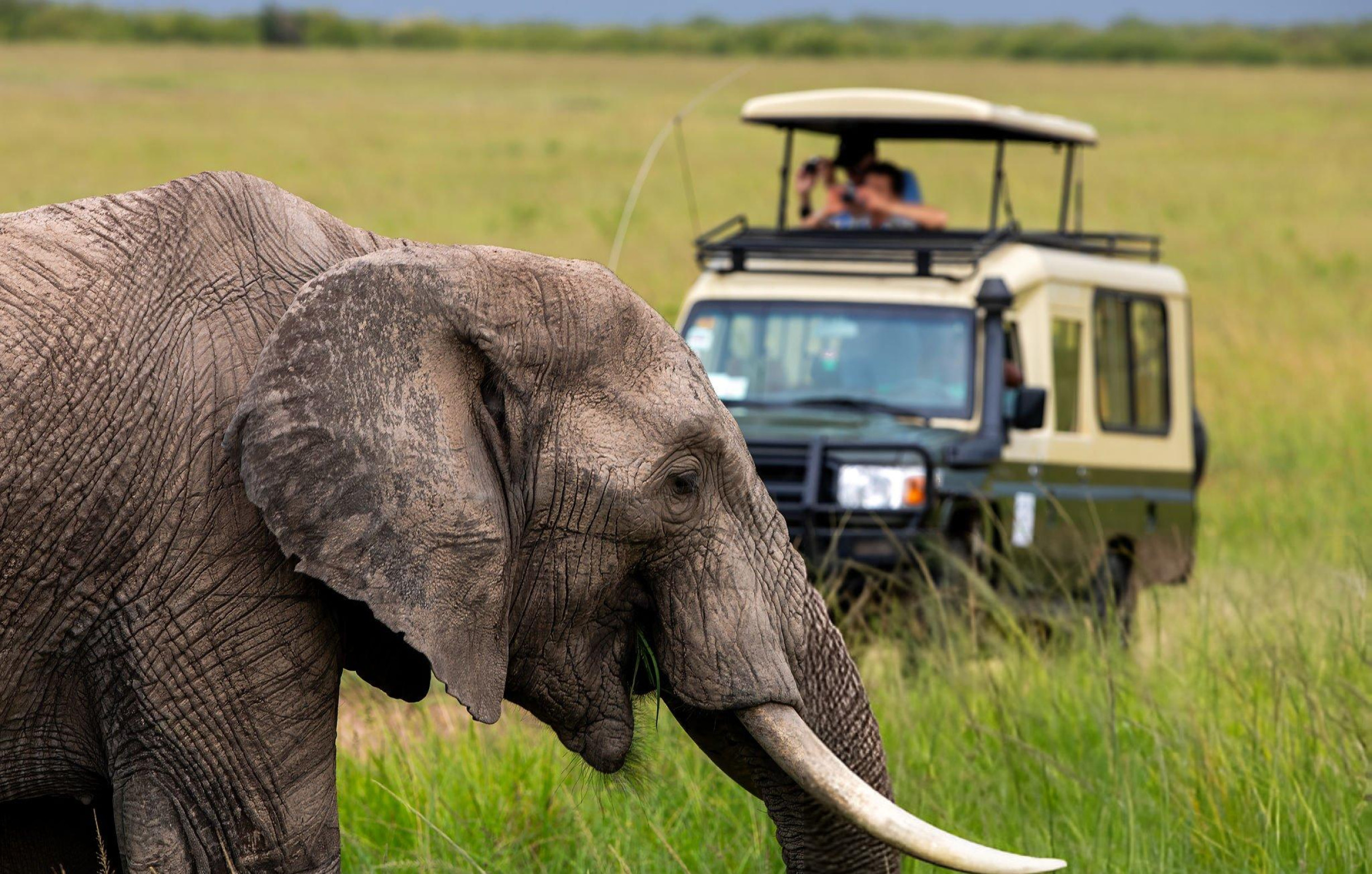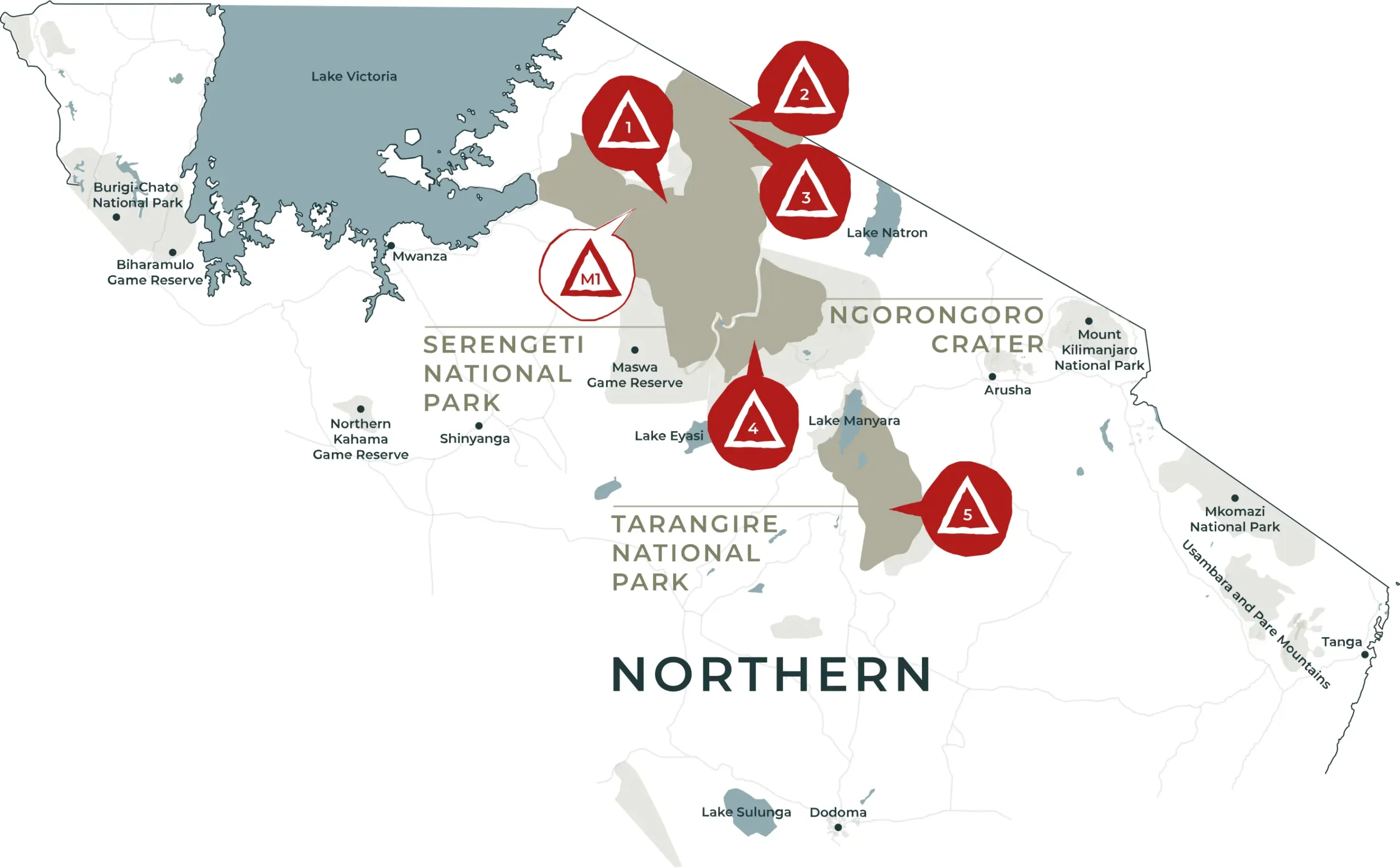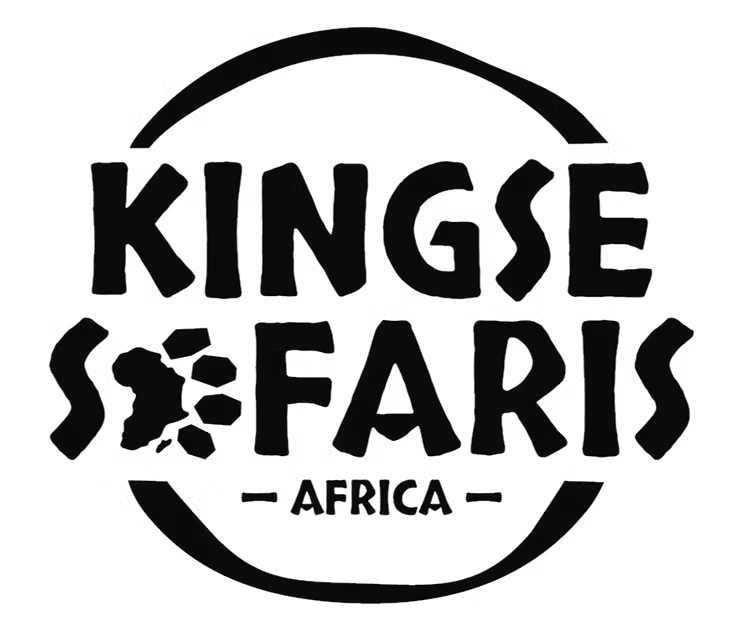East Africa Safaris
East Africa safaris connect people, wildlife, cultures, landscapes, and stories.
Safaris in East Africa are never one-dimensional. They cross borders, traditions, and terrains, weaving together wildlife encounters, community interactions, and scenic journeys that make every traveller’s experience layered and personal.
Wild Encounter
Wildlife on Stage
Endless Vistas
Vast Earth Vistas
Travel Hotspots
4 iconic places
Wild Escapes
Wild Active Trips
Wild Encounter
Wildlife on Stage
Endless Vistas
Vast Earth Vistas
Travel Hotspots
4 iconic places
Wild Escapes
Wild Active Trips
Four Countries, One Safari Canvas to Explore

Uganda offers primate tracking in deep forests, while Rwanda adds mountain peaks and cultural experiences tied to resilience and heritage. Together, they create balance between plains, peaks, and people.
Travelers can choose the best season based on their interest — migration months, primate trekking times, or quieter off-season escapes. East Africa doesn’t just host safaris; it invites travelers to witness how nature and culture shape everyday life.
East Africa safaris are more than game drives — they are journeys across different worlds that blend in surprising ways. Each country brings its voice to the experience.
Kenya’s Maasai Mara is a stage for predator drama, while Tanzania’s Serengeti stretches wide with seasonal migrations and ancient craters that hold wildlife in natural amphitheatres.

7 Days Tanzania Safari
5 Days Rwanda Safari
7 Days Kenya Safari
7 Days Uganda Safari
Your Essential Questions About East Africa Safaris Answered in Detail
Planning a safari in East Africa brings lots of excitement—and a few questions too. Here, we’ve gathered the most common traveler queries with clear, practical answers to guide your journey.
What is the best time to travel to East Africa for a safari?
The best safari months are generally June to October and December to February, when the weather is drier and wildlife viewing is excellent. However, green seasons like March–May and November also offer fewer crowds, lush landscapes, and lower rates.
What is the weather like on a safari in East Africa?
East Africa has two dry and two wet seasons. Days are typically warm, while mornings and evenings can be cool, especially at higher altitudes—pack layers for comfort. Rainfall is more likely in April–May and November.
Where are the Maasai Mara and Serengeti located?
The Maasai Mara lies in southwestern Kenya, while the Serengeti is just across the border in northern Tanzania. Together, they form one vast ecosystem, home to iconic wildlife and the Great Migration.
What type of wildlife will we see on an East Africa safari?
You’ll encounter an impressive variety of animals, from the Big Five (lion, leopard, elephant, buffalo, rhino) to cheetahs, giraffes, hippos, and countless bird species. Seasonal events like wildebeest calving or river crossings add extra spectacle.
What time of day is wildlife most active in East Africa?
Early mornings and late afternoons are prime times for animal activity. Predators hunt, grazers move in herds, and birds are especially vocal. Midday heat often sends many species into shade for rest.
What is the Great Migration?
The Great Migration is the annual movement of over 1.5 million wildebeest, accompanied by zebras and gazelles, across Tanzania’s Serengeti and Kenya’s Maasai Mara. It’s one of nature’s most remarkable spectacles.
When is the best time to see the Great Migration?
The Migration is a year-round event, with different highlights happening at various times. Calving season occurs in the Serengeti between January and March, while dramatic river crossings into the Maasai Mara are best seen from July to October.
Will we have a chance to meet local communities?
Yes. Many safari itineraries include cultural visits to Maasai, Hadzabe, or Batwa villages. These experiences provide insight into local traditions, daily life, and how communities coexist with wildlife.
How will we travel around East Africa on safari?
Most safaris use 4×4 safari vehicles with pop-up roofs for game drives. Longer distances are often covered by short flights between parks, saving time and offering scenic aerial views of the landscapes.
What clothing should I pack for a safari in East Africa?
Bring lightweight, neutral-colored clothes to blend into the environment, plus a warm jacket for cooler mornings and evenings. Comfortable walking shoes, a sun hat, sunscreen, and insect repellent are essentials. Don’t forget binoculars and a camera.
Creating Your Dream Safari, The Way You Want it
Kingse Safaris Africa offers customized tours tailored to your needs. Everything about your trip can be altered to suit your travel style, from the activities to the schedule. Join us and design your dream journey with us!







